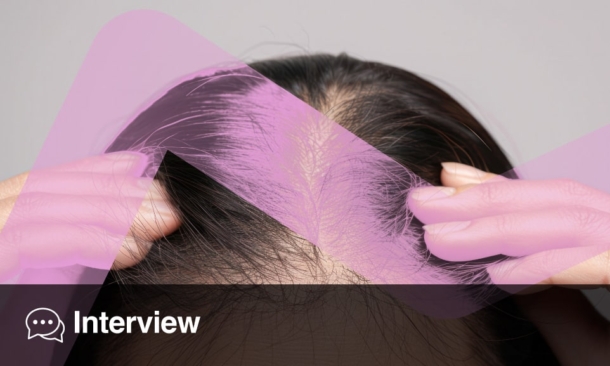The patches of hair loss in alopecia areata occur as a result of T cell mediated loss of immune privilege. Hair follicles, however, are preserved in alopecia areata; the potential for recovery of hair growth is maintained even in longstanding disease, except when complicated by the cicatricial variant, either iatrogenic or pathologic. Many patients, but by no means all, experience spontaneous regrowth of hair. We believe that treatment is necessary, because it leads to the hastening of hair growth. With this in mind, we compared three cost-effective modalities: intra-lesional corticosteroids, phenol, and calcipotriol. A total of 30 patients, with a minimum of three patches of alopecia on the scalp, were divided into three groups. Group A was injected with triamcinolone acetonide 5 mg/mL at 4-week intervals, Group B underwent phenolisation using pure (88%) phenol once a month, while Group C was treated with topical calcipotriol (0.005%) lotion twice a day. The total duration of treatment was 12 weeks.
RESULTS
In Group A, 22 (73.3%) cases attained Grade IV improvement, meaning terminal hairs were now present over previous alopecic areas, covering the entire lesional patch. Twenty (66.7%) cases in Group B and 13 (43.3%) cases in Group C attained Grade IV improvement, respectively. Thus, intralesional corticosteroids were found to be more effective than topical phenol, both of which were more effective than topical calcipotriol.
MECHANISM OF ACTION
- Intralesional corticosteroids act via suppression of T cell-mediated immune attack on the hair follicles.1
- Phenol causes epidermal keratin coagulation and releases cytokines during wound healing that neutralise the peribulbar infiltrates, causing regrowth of hair through antigenic competition, thereby decreasing the immune attack on pigmented anagen hairs.2
- Calcipotriol (a vitamin D analogue) is immunomodulatory, which acts by binding to specific vitamin D receptors expressed on outer root sheaths, stimulating the terminal differentiation of keratinocytes.3
SAFETY CONCERNS
A concern in phenolisation was the post-inflammatory hyper and hypopigmentation. These effects, although transient, were frequently observed (56.6%). Calcipotriol was found to be extremely safe.
RECOMMENDATIONS
We recommend that a further study comprising larger sample sizes with adequate follow-up periods be undertaken for a better understanding. Perhaps an ideal approach would be to initiate the treatment with an effective and safe modality i.e. intralesional triamcinolone acetonide (one or two injections) followed by maintenance with topical calcipotriol. Targeted treatments, such as janus kinase inhibitors (ruxolitinib), and interleukin-2 injections have shown good responses and, as such, warrant use in extensive variants such as alopecia totalis. We are hopeful for more extensive clinical trials, including topical targeted treatments, that will bypass the feared systemic ill-effects.







